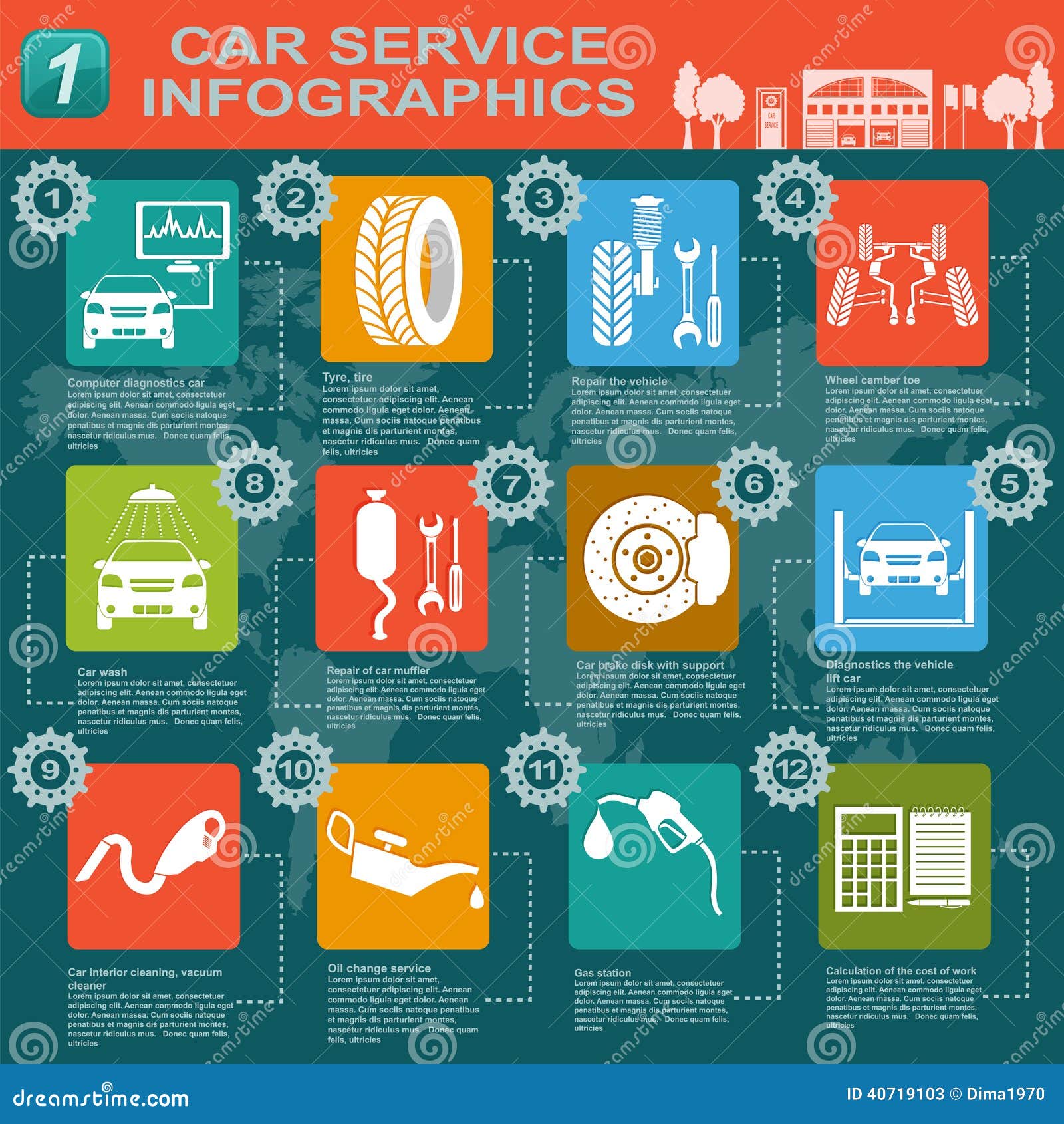Translating Your Vehicle'S Alert Lighting: Their Real Implications
Translating Your Vehicle'S Alert Lighting: Their Real Implications
Blog Article
Posted By-Sykes Gilbert
When you're behind the wheel, those beautiful warning lights on your control panel can be a bit puzzling. Do you understand what they're trying to inform you regarding your car's wellness? Understanding the importance of these lights is crucial for your safety and the longevity of your car. So, the next time one of those lights appears, would not you want to decode its message precisely and take the necessary steps to resolve it?
Common Warning Lights and Interpretations
Identify common caution lights in your automobile and comprehend their significances to make sure secure driving.
The most normal warning lights consist of the check engine light, which indicates problems with the engine or discharges system. If this light begins, it's essential to have your lorry checked without delay.
The oil stress alerting light shows reduced oil stress, calling for immediate interest to stop engine damage.
A flashing battery light may suggest a defective billing system, possibly leaving you stranded if not attended to.
The tire pressure monitoring system (TPMS) light alerts you to reduced tire pressure, influencing automobile security and gas performance. Neglecting this might result in harmful driving conditions.
The abdominal light suggests a problem with the anti-lock stopping system, jeopardizing your ability to quit swiftly in emergency situations.
Finally, the coolant temperature level alerting light warns of engine getting too hot, which can result in severe damages if not resolved promptly.
Understanding https://www.informnny.com/news/spend-less-at-the-pump-with-these-fuel-saving-tips/ will certainly help you resolve problems immediately and preserve risk-free driving conditions.
Significance of Prompt Attention
Understanding the common warning lights in your auto is just the primary step; the value of promptly dealing with these warnings can not be highlighted sufficient to guarantee your safety when driving.
When a caution light brightens on your dashboard, it's your cars and truck's method of connecting a possible problem that requires focus. Ignoring car hand wash can cause more severe problems later on, jeopardizing your safety and security and potentially costing you a lot more out of commission.
Trigger interest to warning lights can stop break downs and accidents. As an example, a flashing check engine light can indicate a misfire that, if left neglected, might trigger damage to the catalytic converter. Resolving this quickly can save you from a pricey repair.
Likewise, a brake system advising light could indicate low brake fluid or used brake pads, vital elements for your safety when driving.
DIY Troubleshooting Tips
If you notice a warning light on your control panel, there are a few DIY repairing suggestions you can attempt before looking for specialist help.
The first step is to consult your auto's handbook to understand what the certain caution light suggests. Often the problem can be as straightforward as a loose gas cap setting off the check engine light. Tightening up the gas cap may settle the trouble.
An additional common problem is a low battery, which can set off different alerting lights. Inspecting the battery connections for deterioration and guaranteeing they're protected may take care of the issue.
If a caution light persists, you can try resetting it by detaching the cars and truck's battery for a few mins and after that reconnecting it. In addition, examining your vehicle's liquid degrees, such as oil, coolant, and brake liquid, can help troubleshoot alerting lights related to these systems.
Conclusion
Finally, comprehending your automobile's caution lights is essential for maintaining your lorry running smoothly and securely. By immediately dealing with these alerts and recognizing what they indicate, you can prevent costly repairs and possible breakdowns.
Remember to consult your vehicle's manual for specific information on each warning light and act as necessary to make sure a trouble-free driving experience.
Keep educated, stay safe when traveling!
